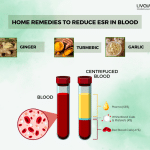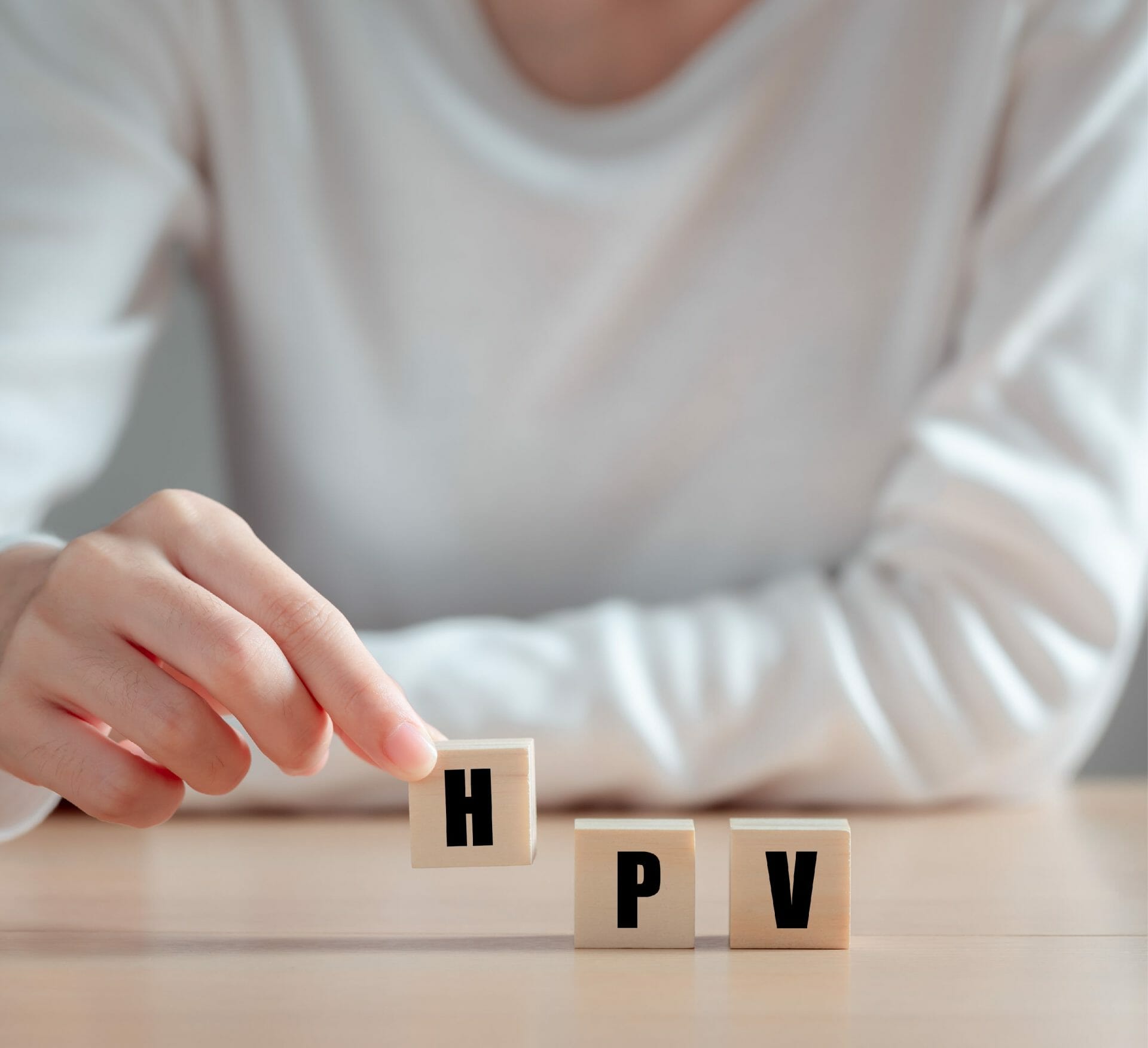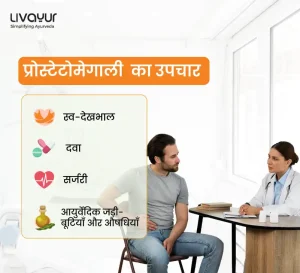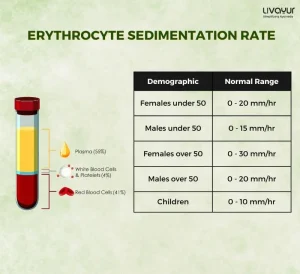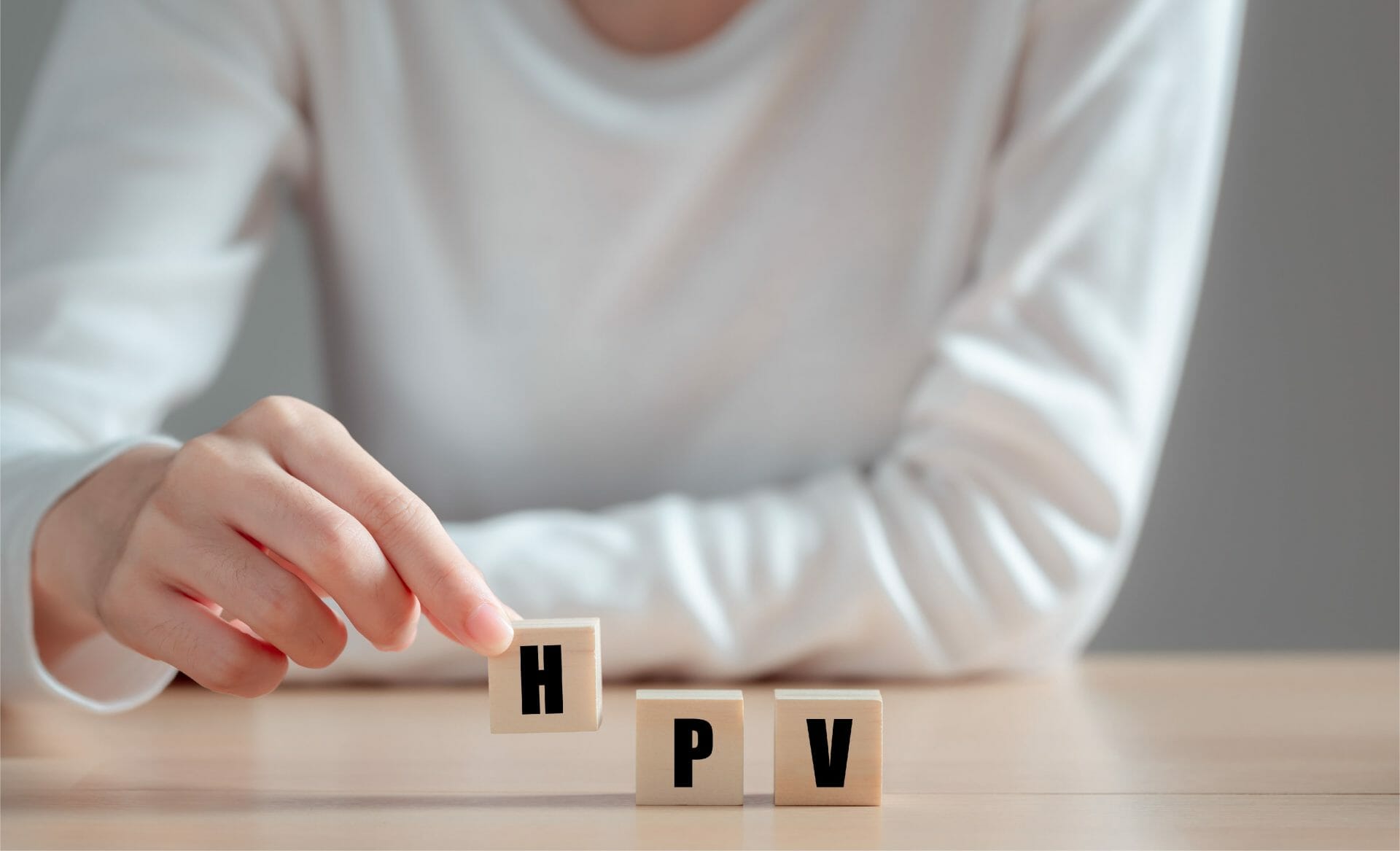
Human Papillomavirus infection is a common sexually transmitted infection and serves as the primary catalyst for various epithelial lesions and cancers. With over 100 subtypes identified, individuals grappling with persistent HPV infection, as well as those engaging in multiple sexual partnerships, face a high likelihood of acquiring HPV strains. It affects both men and women and can lead to a range of health issues, including genital warts and certain types of cancer. [1]
The primary concern linked with genital warts due to HPV is the possible development of cervical cancer. Furthermore, HPV is recognized for its connection to cancers affecting the anal and head and neck regions. Individuals with compromised immune systems are also vulnerable to the development of dysplasia or cancer involving the vagina and vulva. [1]
This article delves into the symptoms, causes, and treatment options for Human Papillomavirus HPV infection, shedding light on its significance for public health.
Symptoms of HPV Infection
Different subtypes of HPV exhibit a preference for specific body sites where they tend to infect, leading to a range of disease manifestations arising from these infections. The most common Human Papillomavirus infection symptoms include:
- Cutaneous warts of the hands and feet
- Genital Warts
- Respiratory Papillomatosis
- Cervical Changes
- Throat and Mouth Warts [1]
Causes of HPV Infection
HPV has the capacity to spread through commonly encountered pathways, including hand contact, the sharing of objects contaminated by HPV, sexual interactions, and blood contact. Apart from this, it can even be transmitted through inhalation. [2]
Several risk factors can increase the likelihood of HPV infection:
- Sexual activity, the age at which sexual intercourse begins, and the number of sexual partners an individual has had
- Smoking
- Prolonged use of oral contraceptives (beyond 5 years)
- Consumption of betel nut
- Exposure to radiation and ultraviolet (UV) light [1]
Treatment of HPV Infection
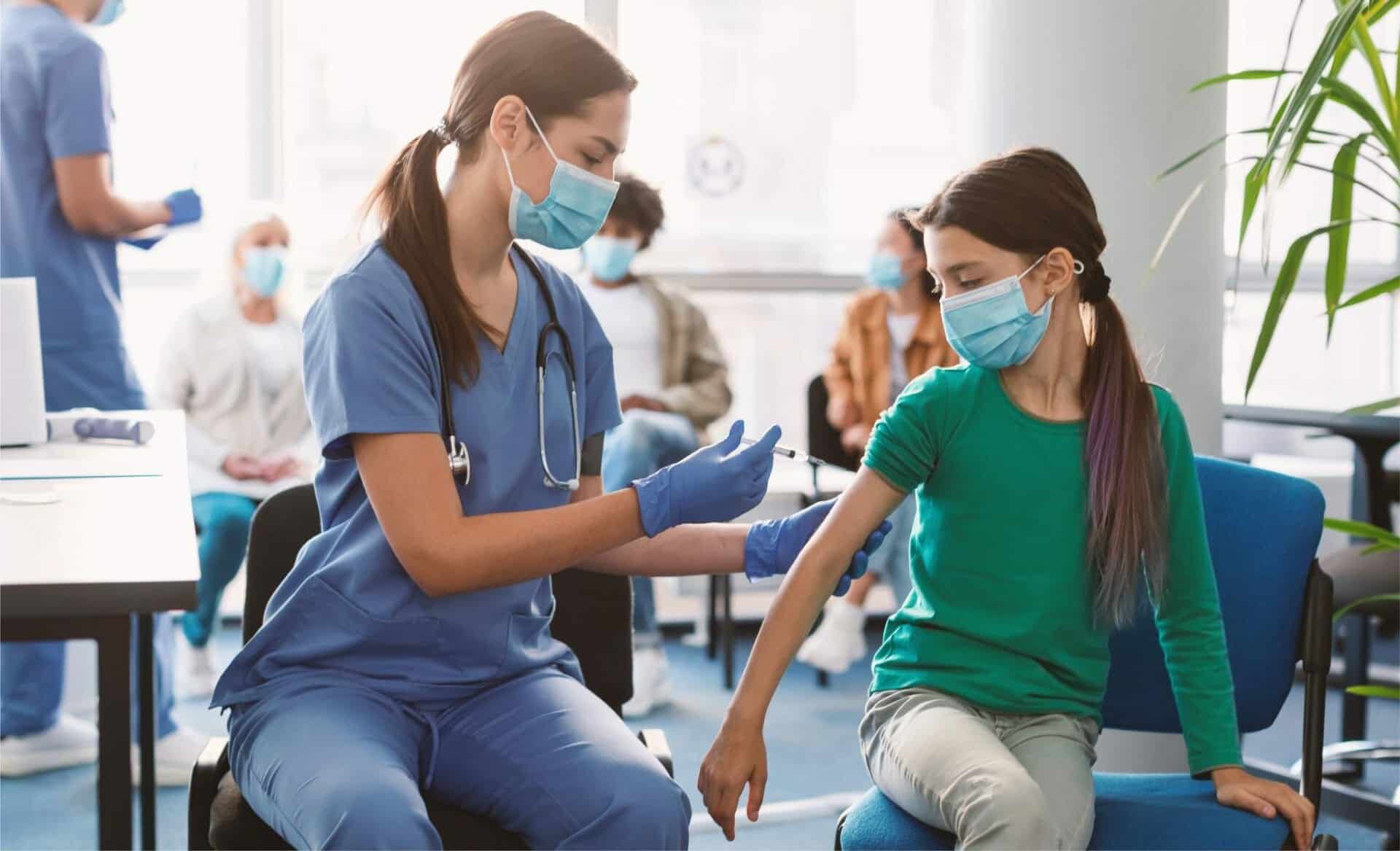
Currently, there are no Human Papillomavirus infection treatments, and vaccination stands as the sole preventive measure against Human Papillomavirus infection. A recent study underscores the potential for curing HPV-positive oropharyngeal cancers through surgical intervention coupled with adjuvant therapy. Antiretroviral therapy has demonstrated beneficial effects in managing anal and cervical cancers. [2]
Cutaneous Warts can be treated by a healthcare professional through methods such as cryotherapy (freezing), topical treatments, laser therapy, or surgical removal. If HPV-related cervical changes are detected early through Pap smears, medical interventions can prevent the development of cervical cancer. These interventions may include monitoring, further testing, or treatment with cryotherapy, loop electrosurgical excision procedure (LEEP), or cold knife cone (CKC) excision. [1]
For individuals with symptoms or complications, some of the treatment options that are available include:
Surgical excision:
Commonly, when dealing with extensive vulvar or vaginal neoplasia, the preferred approach involves surgical excision followed by re-approximation and closure using absorbable sutures. This procedure serves a dual purpose: it not only eliminates the affected tissue but also facilitates the examination of the pathological condition. [4]
Loop Electrosurgical Excision Procedure:
Outpatient loop electrode excision is a procedure primarily employed for the removal of cervical intraepithelial neoplasia. During this procedure, a thin wire loop is utilized, through which a controlled radiofrequency alternating current passes. This current effectively excises the lesions with minimal thermal artifacts. LEEP offers a targeted approach for cervical conditions. [4]
Cryotherapy:
Cryotherapy has also been shown to lead to a clearance of a considerable percentage of hrHPV infections within a few weeks of treatment. [6]
Immune checkpoint inhibitors:
To counteract the negative impact of immune checkpoint upregulation, ICIs are proving promising for cancer immunotherapy. They are agents designed to block the interactions between immune checkpoint molecules and their ligands. By doing so, these inhibitors help unleash the immune system’s full potential to recognize and attack cancer cells. They help in treating advanced cervical cancer, particularly in cases related to human papillomavirus (HPV) infection. [3]
Imiquimod:
This immunomodulatory agent serves as an effective treatment for genital warts caused by HPV, vaginal intraepithelial neoplasia, and anal dysplasia. This is administered topically, encouraging the local production of interferon and other cytokines crucial for viral clearance. It is specifically designed for self-application and can be used either as primary or supplementary therapy for genital warts. A 5% cream is applied to warts overnight three times a week for a period of up to 16 weeks. [4]
Interferons:
These possess both immunomodulatory properties and direct antiviral activity. They can be administered through various routes, including intralesional injection, topical application, and systemic delivery. Recombinant interferon-alfa is typically injected at the base of each wart three times a week for three weeks. [4]
Vaccination:
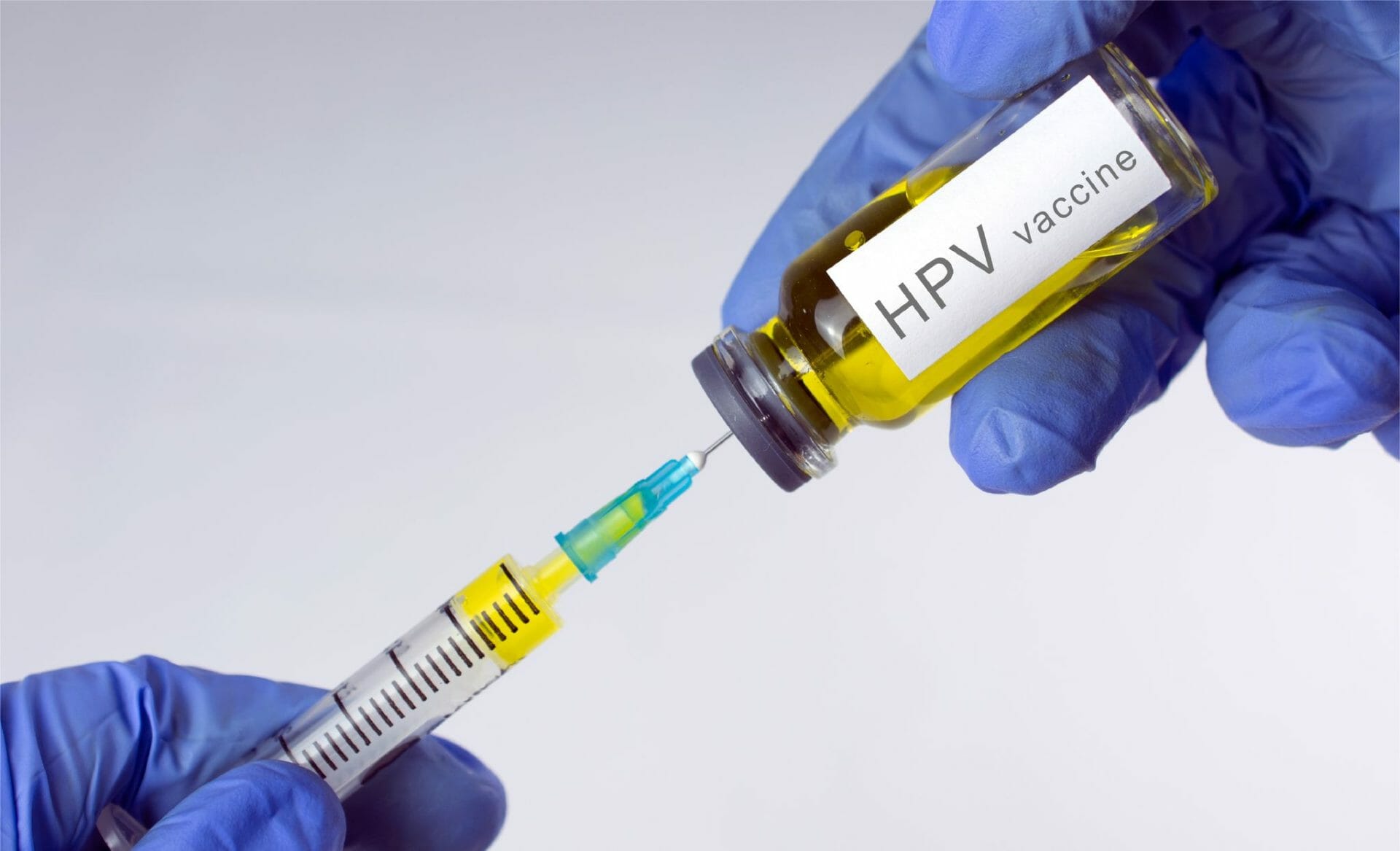
Vaccines are available to prevent certain strains of HPV that are associated with genital warts and various cancers, including cervical, anal, and oropharyngeal cancers. These vaccines are recommended for adolescents and young adults before they become sexually active. [1] Certain vaccines such as Gardasil and Cervarix are used to prevent HPV infections. [5]
Both surgical interventions (LEEP, CKC) necessitate the removal of the cervical os and transformation zone. In cases where a patient’s condition advances to malignancy, such as squamous cell carcinoma or endocervical adenocarcinoma, more extensive resection, chemotherapy, and/or radiation therapy might be essential for treatment. [1]
FAQs
• What is the best way to prevent Human Papillomavirus infection?
Preventing HPV infection is crucial for reducing the risk of associated health issues. Getting vaccinated with the HPV vaccine is one of the most effective ways to prevent HPV infection and its associated complications. Vaccination is recommended for preteens, teenagers, and young adults. Using condoms or dental dams during sexual activity can significantly reduce the risk of HPV transmission. Limiting sexual partners and being in a mutually monogamous relationship can reduce the risk of HPV transmission. Raising awareness about HPV, its modes of transmission, and its potential consequences is vital for promoting safe sexual practices and encouraging vaccination.
• What leads to HPV infection in females?
Transmission commonly occurs through vaginal, oral, or anal sexual contact. Often, Human Papillomavirus infection remains asymptomatic, making them difficult to detect, as they often resolve naturally without any noticeable signs.
• Is HPV capable of causing cancer?
When the immune system cannot eliminate an HPV infection caused by oncogenic HPV types, the infection can persist and induce the transformation of regular cells into irregular ones, potentially leading to cancer. Several women with HPV infections on their cervix experience persistent infections that elevate their susceptibility to cervical cancer.
Conclusion
Human Papillomavirus infection is a widespread sexually transmitted infection with potentially serious health implications. While many infections are asymptomatic and resolve on their own, some cases can lead to genital warts and even cancer. Preventive measures, including vaccination and safe sexual practices, play a crucial role in reducing the prevalence and impact of Human Papillomavirus infection. Regular screenings and timely medical interventions can help manage the infection’s complications and prevent the progression to more severe health issues.
Disclaimer:
This article is written from a health and wellness perspective only and is not a piece of medical advice. Kindly seek the help of a certified medical practitioner before initiating any treatment.
References:
- Human Papillomavirus
- Human papillomavirus and its nature of infection: An overview
- Prevention and treatment of human papillomavirus in men benefits both men and women
- Update on the diagnosis and treatment of human papillomavirus mfection
- HPV Infections: Diagnosis, Prevention, and Treatment
- The Effect of Cryotherapy on Human Papillomavirus Clearance among HIV-positive Women in Lusaka, Zambia


